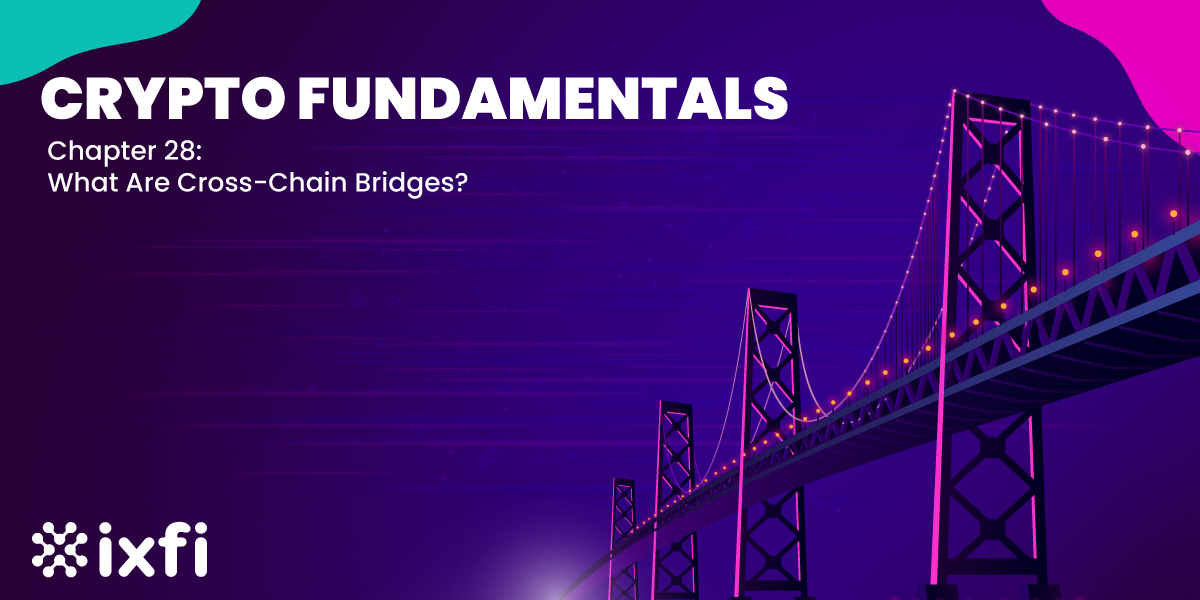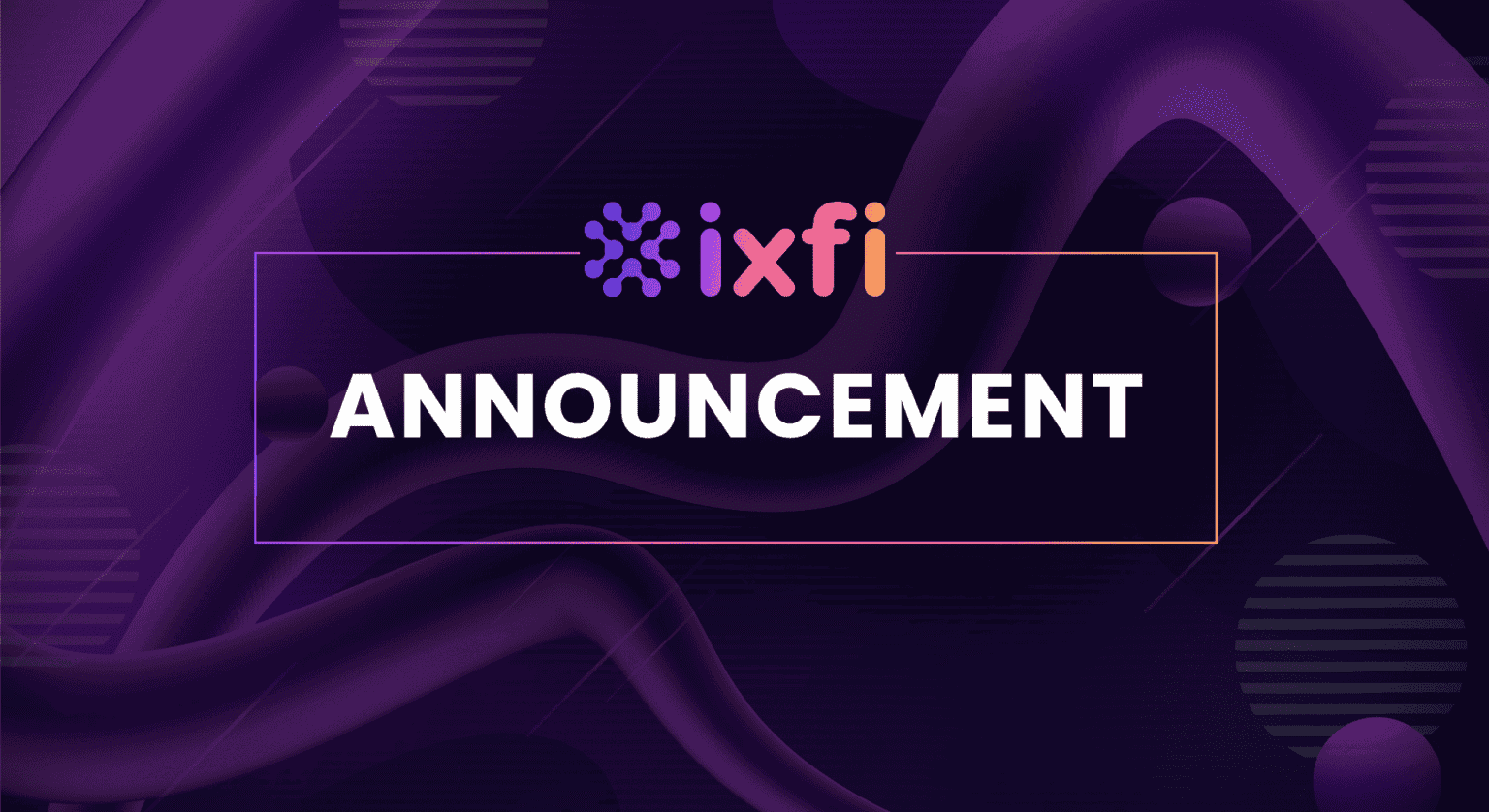Blockchain technology refers to a distributed ledger of encrypted data that offers security and integrity to the data transactions that occur between blocks. With the help of this technology, we can benefit from multiple types of services like decentralized applications (or dApps) and database registries that are accessible from anywhere for essential documents, finances, crypto, medical records, and much more.
The main problem when it comes to the Blockchain is scalability. Once a decentralized network is created and operational, it’s crucial to make further improvements and change how the network communicates with other protocols. For example, a network may become very congested. That is when fees and waiting time for transactions also grow significantly. If networks would become interoperable, if they could communicate with each other and share characteristics, many problems would be solved, including scalability. Once this issue is solved, the networks will grow their operating and processing capacity.
What are bridges?
Developers and builders work in multiple ways at the Blockchain’s interoperability. One promising idea is the Bridges between different networks, like in real life, where we use Bridges to move from point A to point B without going around a lot using parallel roads. Same in the Blockchain: Bridges connect two different ecosystems, so the transfer of information is facilitated. Also known as Cross-Chain Bridges, they represent connections that allow the transfer of assets from one network to another without requiring them to be compatible. Even if the networks do not use the same protocol or governance mode, transactions are securely processed.
Why do we need bridges?
Bridges can be used to send cryptocurrencies amongst different networks and for Smart Contracts or any data. So it is already possible to send cryptocurrencies on various networks. Still, it costs more and takes longer because we must convert the asset into FIAT currency or exchange currencies on a trading platform (using an electronic wallet to deposit them and then send them again on another platform). Many taxes and fees may be supported depending on what we wish to accomplish more precisely.
How many types of bridges exist, and how do they work?
There are two main types of Cross-Chain Bridges:
Trusted Bridges: Known as Custody Bridges, they also have a more centralized form and use a system for operations where an authority keeps everything functional. Users must trust the members that validate transactions to use a specific service with a Trusted Bridge. The employees of the respective company verify and confirm the transactions, similar to what crypto validators are doing, that concentrate their efforts to maintain active transactions on the Bridge.
Trustless Bridges: These are decentralized, and users are required to trust the code that built them. This type of Bridges operates using Smart Contracts. In this case, the security of the Bridge and data transactions that go through it relies on the safety of the networks the Bridge operates on.
How do Bridges work?
Let’s say, for example, that we have Solana coins, and we wish to transfer a portion of them to the Ethereum network. A Cross-Chain Bridge will keep the respective amount and create the equivalent of SOL coins that we will use. In the background, the SOL coin we’ve transferred is locked in a Smart Contract, while we receive an equal amount on the Ethereum Blockchain. When we want to convert back, the ETH will be burned, and we will receive back the initial amount of SOL coins.
What benefits do these Bridges bring?
With the help of Bridges, transactions can occur between networks that are not built to be directly compatible. When a network is created, it’s made to have several characteristics, but its own set of rules can make a ledger limit itself. If the own set of protocols and regulations are not malleable, these can assign a limitation characteristic to the network. Bridges solve this issue.
Bridges also help the network’s traffic and confirmation time. Once they are installed on a Blockchain, Bridges help minimize the traffic of crowded networks. Thus, data from overloaded networks are distributed to other protocols with less traffic. As a result, scalability increases, while the speed at which data moves is way faster, so waiting time is reduced.
Even if Blockchain technology is still new and has the potential to upgrade various informational systems, we need Bridges that create the connection between different networks and other modalities to scale for greater adoption.
To learn more about Blockchain technology and trading in general, keep up with our Crypto Fundamentals series. If you’d like to start your crypto journey, register on IXFI and enjoy a seamless experience. Your Friendly Crypto Exchange is here to help you at every step.
Disclaimer: The content of this article is not investment advice and does not constitute an offer or solicitation to offer or recommendation of any investment product. It is for general purposes only and does not take into account your individual needs, investment objectives and specific financial and fiscal circumstances.
Although the material contained in this article was prepared based on information from public and private sources that IXFI believes to be reliable, no representation, warranty or undertaking, stated or implied, is given as to the accuracy of the information contained herein, and IXFI expressly disclaims any liability for the accuracy and completeness of the information contained in this article.
Investment involves risk; any ideas or strategies discussed herein should therefore not be undertaken by any individual without prior consultation with a financial professional for the purpose of assessing whether the ideas or strategies that are discussed are suitable to you based on your own personal financial and fiscal objectives, needs and risk tolerance. IXFI expressly disclaims any liability or loss incurred by any person who acts on the information, ideas or strategies discussed herein.


